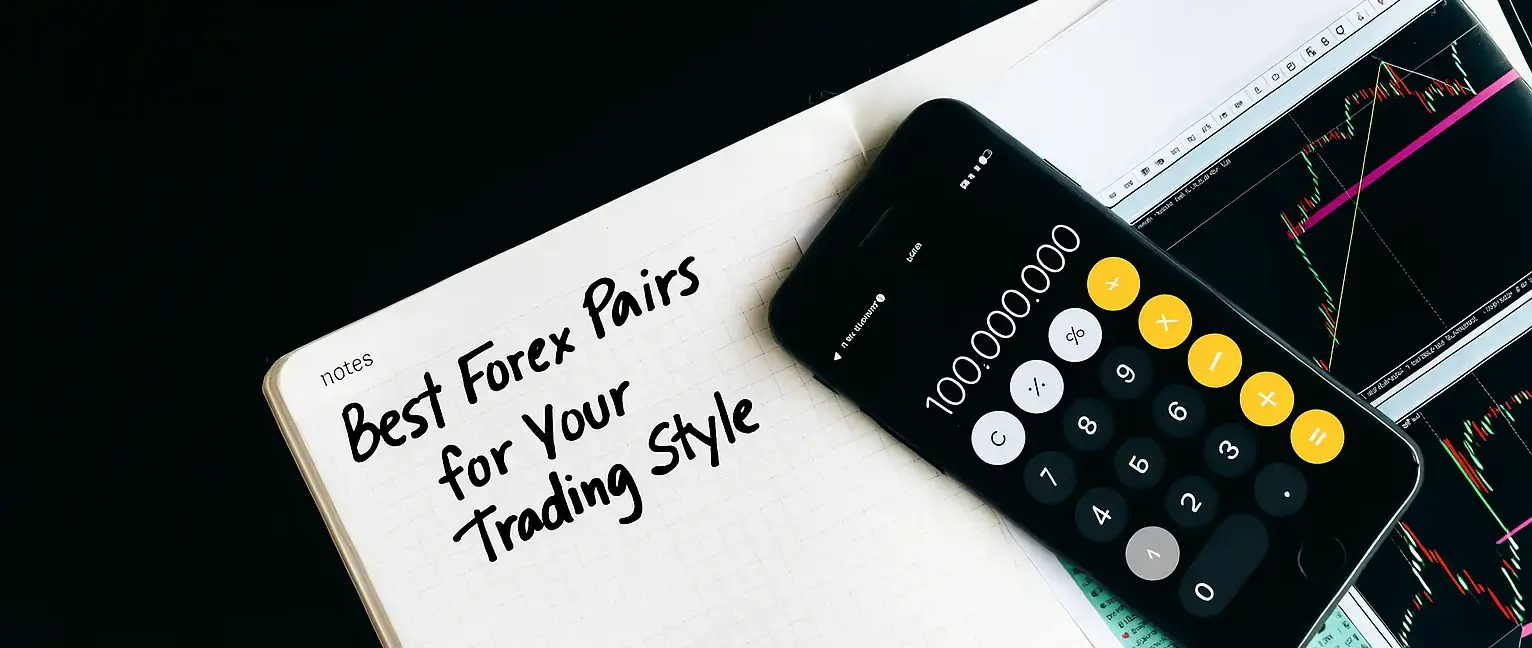Hedging Forex: What Does it Mean?
Written by Emma on June 25, 2024.The foreign exchange (Forex) marketplace is one of the most popular financial markets for day traders. However, it is a highly volatile market, and so traders need strategies for managing risk.
One way you might manage the risk of Forex trading is by hedging trades. Below, we look at how hedging works and how you might use hedging in your strategy.
What Is Forex?
Forex (FX) is the global marketplace for buying and selling currencies. As it’s open 24/7, highly liquid, and subject to few rules and regulations, it’s appealing for day traders. However, the downside risks of FX trading are:
- Fluctuating exchange rates
- Market volatility
- Sensitivity to geopolitics
- Complex market to learn
The best trading strategy for Forex traders is one which allows them to trade freely while offsetting some degree of risk. That’s where hedging comes in.
What Is Hedging?
Hedging means you take two trading positions. You buy an asset solely to offset the risk of an adverse price shift in your core asset. Typically, this means taking a position in an asset going in the opposite direction from your primary asset.
Think of hedging as a balancing act. You’re trying to insure or protect yourself from a declining investment by “balancing out” possible losses.
What Is Forex Hedging?
Trading Forex involves buying and selling currency pairs. So, hedging Forex simply means you open a new trading position to protect your currency pair from losses.
How might you hedge Forex? There are two main options:
- Take different positions in the same currency pair; or
- Using options contracts to hedge your position.
We’ll look at these in more detail below.
To be clear, hedging Forex is not about making money. It’s about protecting yourself from market volatility. It’s only one trading strategy that you might use as a Forex day trader – and it’s not right for everyone.
Why Hedge Forex?
There are various reasons why you might hedge Forex.
- Currency exchange rates fluctuate frequently. So, currency hedging protects you, to some extent, from exchange rate volatility.
- Hedging can offset the risk of breaking news stories influencing the value of your pairs.
- Forex hedging can help day traders manage the risk of short, intra-day fluctuations.
What is an example of hedging? Consider a Forex hedge fund. Investors use these funds to collectively manage and mitigate risks.
But hedging is not just for wealthy investors. Traders at every level may opt for a hedging strategy.
Is Hedging Forex Legal?
The answer is: it depends on your broker and your marketplace.
Hedging itself is perfectly legal in most countries. And, in most countries, it’s legal to hedge Forex (even if some markets frown upon it). However, it’s often highly regulated and controlled.
In the US, for example, hedging Forex can be illegal. To legally hedge Forex, you must use brokers registered with the Commodities Futures Trading Commission (CFTC). They must also be National Futures Association (NFA) members.
Do Forex Brokers Allow Hedging?
To be clear, yes. If you want to use hedging, Forex brokers typically allow this. But you must follow their trading rules, and you must use regulated Forex brokers.
Always check the rules of your trading platform or prop firm before hedging Forex. Not all forms of currency hedging are permitted (especially in the US). If you don’t follow the rules, you risk financial (and legal) repercussions.

Hedging Strategies for Forex
As mentioned, you can either take opposite positions in the same currency pair or use options contracts to hedge Forex. Let’s break these strategies down in more detail.
1. Short and Long Positions in the Same Currency Pair
The idea here is simply to open an opposite position from your current trade. So, say you have a long position in a GBP/USD currency pair. You might be concerned about short-term volatility. In response, you take a short position in the same pair.
You could also open positions on multiple currency pairs. This is a more advanced strategy because you need to understand how different currencies relate to each other.
As an example, you might take opposite positions on two related pairs: the GBP/USD and EUR/USD. You’re hedging against exposure by relying on the relationship between different currencies and exchange rates.
2. Forex Options Contracts
The other strategy is to use options contracts.
Options contracts give you the freedom (but not the obligation) to exchange your currency pair at a certain point, or price. So, you can set a “maximum” loss level that you’re comfortable with and decide whether to sell at that point.
As an example, you buy EUR/USD as a call option. To offset the risk of a decline, you make a put option. This lets you simultaneously sell an equal amount of currency. You can actually profit from the fall in price, and you have offset your risk.
Hedging Forex: Pros and Cons
As with any trading strategy, there are pros and cons to hedging Forex.
The upsides are:
- It’s a simple way to mitigate risk.
- Any day trader can try hedging Forex as a trading strategy.
- Hedging provides traders with a degree of stability.
However, the downsides are:
- Hedging helps to mitigate losses, but it won’t stop them completely.
- Although hedging can reduce losses, it’s not a profit-making strategy.
- Even if markets are favorable, hedging can actually limit your chance of making a profit.
Is hedging Forex right for you? It depends on your trading strategy and chosen trading platform. Some forms of currency hedging are illegal or prohibited by brokers. And hedging often requires a nuanced, deep understanding of financial markets.
Trade Forex with Maven Trading
At Maven Trading, we’re always looking for new Forex day traders to support.
To join our prop firm, simply choose your account plan and complete our challenges. Once you’re verified, we’ll give you a simulated funded account you can use to hone your skills. And there’s no financial risk for you at all.
Show us your skills in the Forex market and join our rapidly growing community. Start your journey today!



